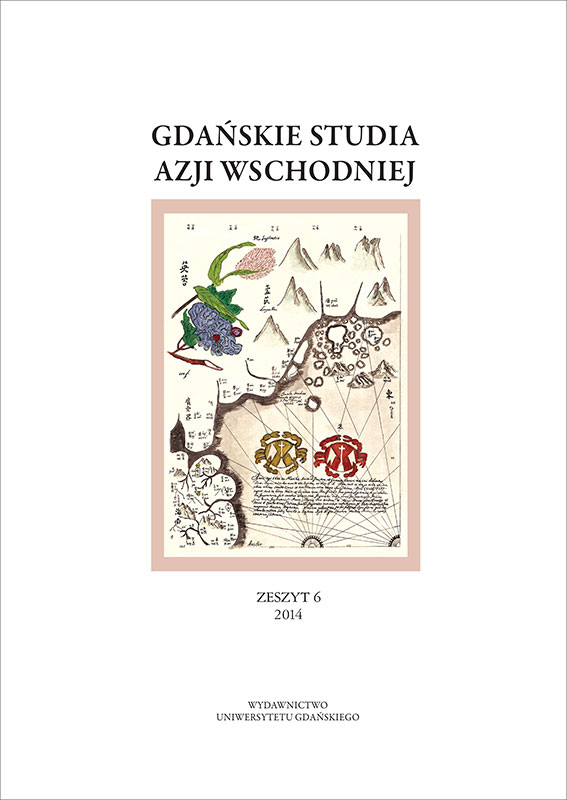Pod polską banderą w portugalskim Makau
Under the Polish flag in the Portuguese Macau
Author(s): Edward KajdańskiSubject(s): History, Modern Age, 18th Century
Published by: Wydawnictwo Uniwersytetu Jagiellońskiego
Keywords: Polish flag; Portuguese Macau
Summary/Abstract: Count Maurice August Benyowsky is well-known though controversial figure in the Polish and Hungarian history. He took part in Polish military confederacy aimed to rid Poland of a Russian yoke. Benyowsky has been wounded in the fight and taken prisoner by Russians, being sent into exile to Kamchatka by the personal edict of Catherine II, the Empress of Russia. He managed to put most of the deportees under his control. They hatched a plot which resulted in the successful revolt against the authorities of Kamchatka and conspirators took control over Bolscheretsk, the main city of the peninsula. After capturing the Russian ship „St. Peter and Paul”, Benyowsky left Kamchatka with 85 people on board and after nearly 5 months long voyage through the Pacific Ocean reached the Portuguese Macau on the south coast of China. This incredible voyage through unknown regions of the Bering Sea and the North Pacific is described thoroughly in Benyowsky’s diary entitled Journal de sont Voyage par Mer, depuis la Presqu’ile de Kamchatka, jusqu’ à Canton dans la Chine in the French manuscript, later edited and published in London in 1790. During their 4 months long stay in Macau some of Benyowsky’s people died, among them was the 16 years old daughter of Kamchatka’s governor – Aphanasia, who helped Benyowsky to regain freedom. She was the only person among Russians, who – according to the Journal – was buried in the garden belonging to a certain Chevalier Hiss, probably somewhere near to the present Camoes Garden. All other people who died in Macau were buried within the city, supposedly on the mountain which later became known as Montanha Russa (this means Russian Mountain in Author’s opinion) and this confirms that at least several conversions of Russians into Catholicism really have taken place. According to the Swedish traveller who visited Macau in the early nineteenth century, he saw Aphanasia’s tomb in St. Paul Church and in the paper the Author is discussing some questions concerning her burial and the possible fate of her remains after St. Paul Church was destroyed by fire in 1835.
Journal: Gdańskie Studia Azji Wschodniej
- Issue Year: 2014
- Issue No: 06
- Page Range: 48-68
- Page Count: 21
- Language: Polish

